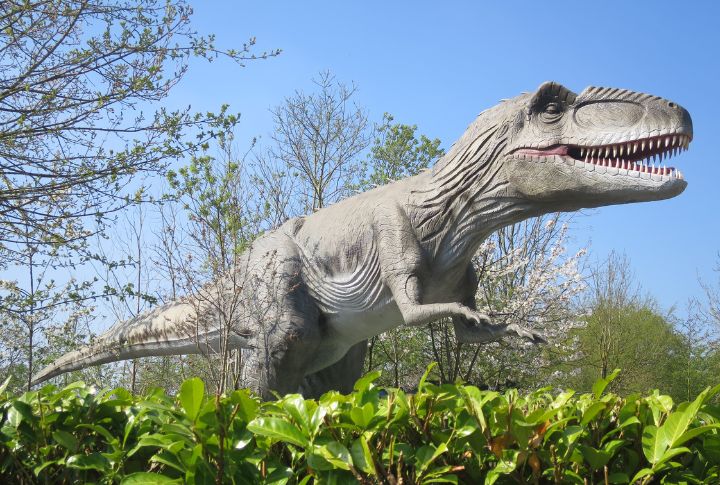
In ancient times, survival meant steering clear of predators designed to kill with one deadly blow. These creatures packed incredible power. Their teeth could crush armor, claws shredded flesh, and their speed left prey with no chance. Meet some of the largest predators in history—and see exactly why they left an unforgettable mark.
Tyrannosaurus Rex
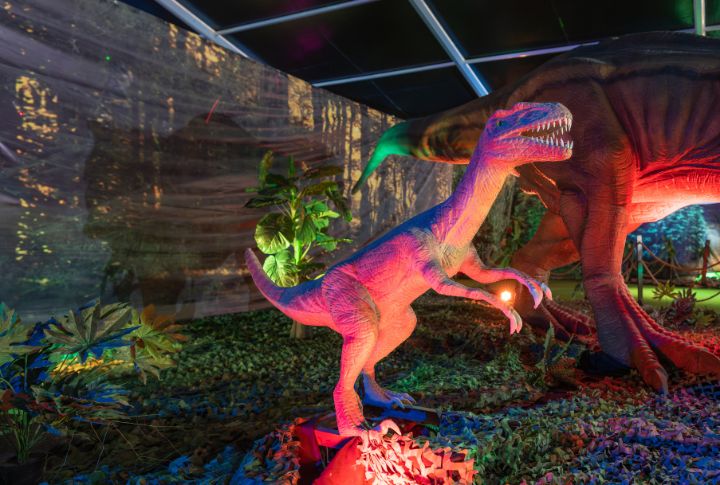
At the apex of Late Cretaceous food chains stood a predator over 40 feet long and 12 feet tall at the hips. This carnivore likely exerted more than 12,000 pounds of bite force—among the highest in history. Fossils indicate it relied on sudden ambushes rather than sustained pursuit.
Spinosaurus

Rivaling even the T. rex in length, this semi-aquatic predator reached 50 feet and weighed nearly 10 tons. Its elongated jaws bristled with conical teeth, perfect for gripping slippery prey. Paleontologists believe it hunted both on land and in water, which gives it an edge in survival over land-only carnivores.
Giganotosaurus
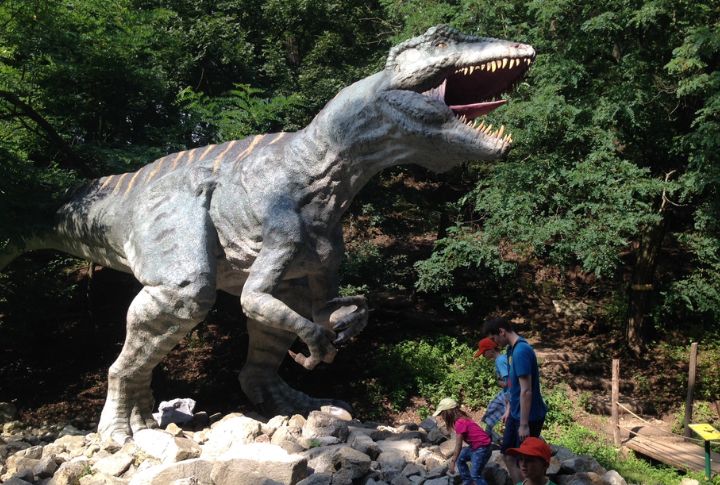
Evidence from a mass fossil site reveals something rare: several individuals perished in one place, suggesting social hunting behavior. Measuring 43 feet long and weighing 8 tons, this carnivore wielded serrated teeth that shredded flesh efficiently. Coordination and size gave it a brutal edge in prehistoric South America.
Carcharodontosaurus
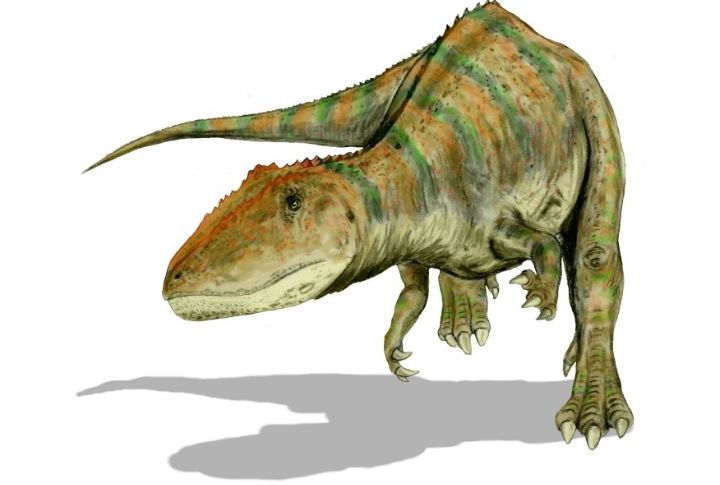
Named after the great white shark’s genus, this predator grew over 44 feet long. Its teeth could exceed 8 inches, recurved and razor-edged for rending thick hides. Despite its massive size, the skull had air pockets that reduced weight—an evolutionary trick for faster, deadlier attacks.
Deinosuchus
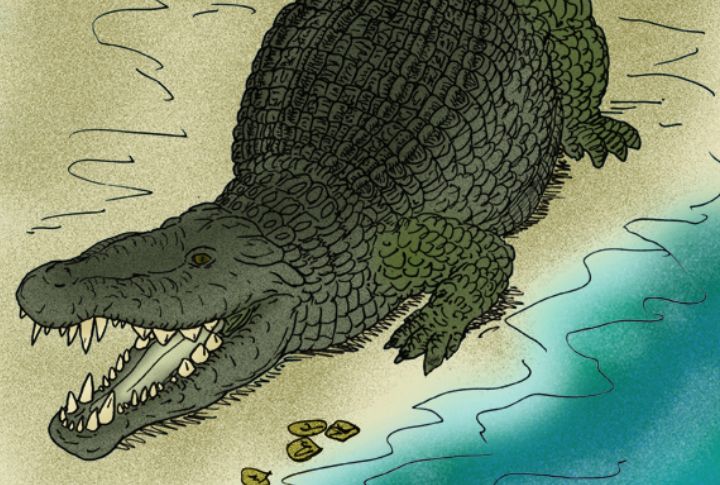
This prehistoric crocodylian stretched over 35 feet and weighed more than 8 tons. Unlike its modern relatives, Deinosuchus ambushed terrestrial dinosaurs at the water’s edge. The teeth were thick and banana-sized; thus, they were designed for crushing bone. Fossil bite marks on hadrosaur bones confirm that Deinosuchus hunted creatures nearly its own size.
Mapusaurus

Discovered in Argentina, this predator had a height of roughly 40 feet and possibly hunted in coordinated groups. Bones found close to huge plant eaters suggest it went after big targets, even if the hunt was dangerous. Narrow jaws and long limbs point to a fast, agile killer able to strike massive prey effectively.
Acrocanthosaurus
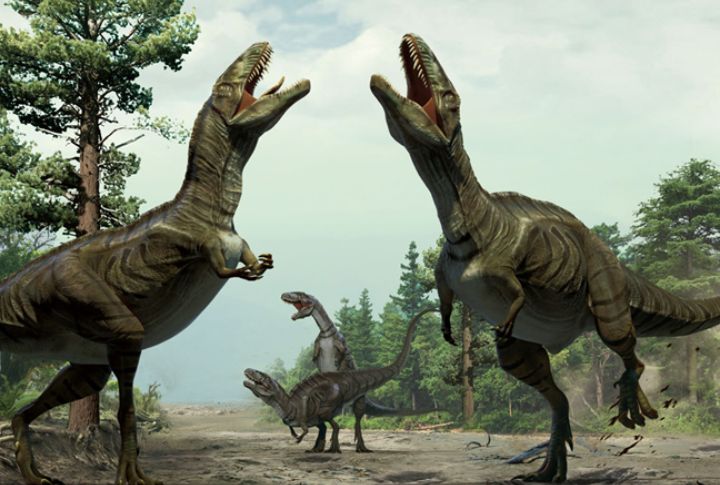
Have you ever seen a dinosaur with a sail on its spine? This 38-foot carnivore strutted through prehistoric North America long before T. rex took the stage. Scientists believe its spiny ridge helped regulate body heat or impress potential mates. The strong arms it has weren’t just for show, either.
Andrewsarchus
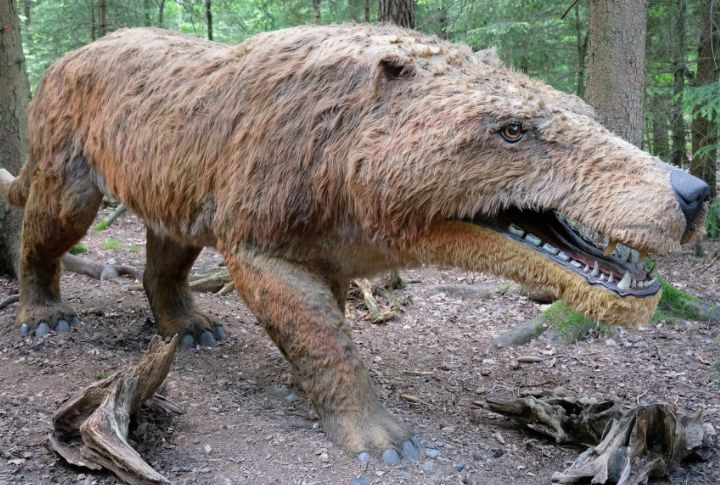
Standing 15 feet long with a 3-foot skull, Andrewsarchus was among the largest mammalian carnivores ever found. Being an Eocene titan, it likely crushed bones and scavenged giant carcasses with its enormous jaws. Though it looked wolf-like, it was more closely related to hoofed animals like sheep and whales.
Sarcosuchus
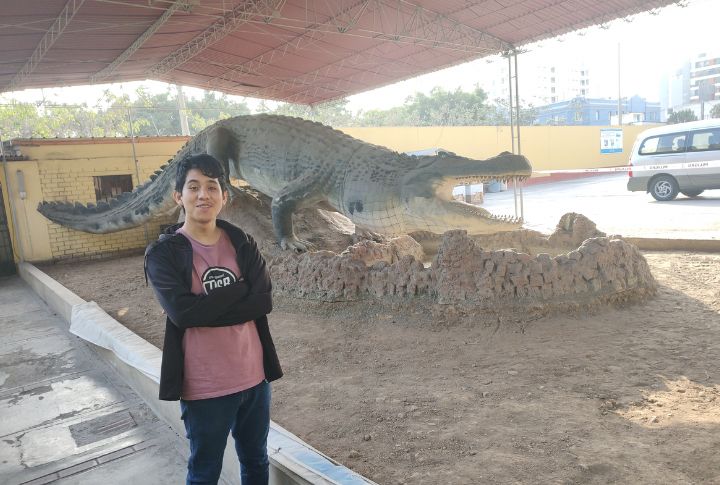
Nicknamed “SuperCroc,” this 40-foot reptile weighed over 8 tons. Its snout alone was six feet long and packed with over 100 teeth. Unlike modern crocodilians, its broad jaws indicate a generalist diet, possibly including dinosaurs unlucky enough to drink near its riverbank. Fossils place it across prehistoric Africa.
Torvosaurus
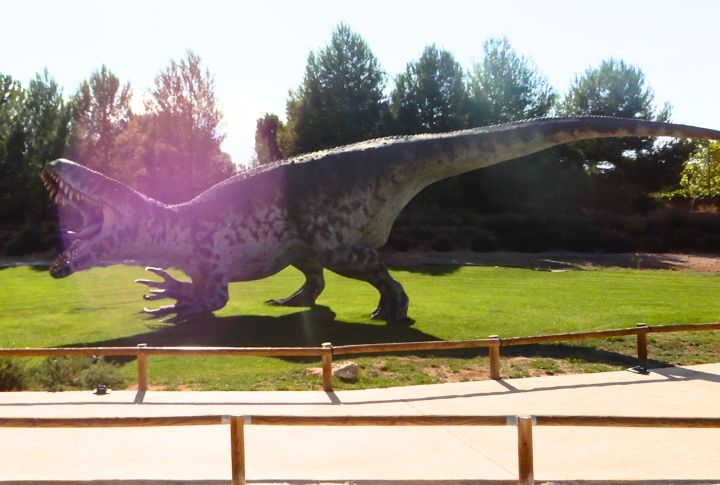
What kind of predator terrorized continents before the rise of T. rex? At 35 feet long, with dagger-like teeth and hooked claws, Torvosaurus earned its fearsome reputation. You’ll mostly find it prowling Jurassic Europe and North America, dispatching rivals with brute strength and surviving as one of the era’s top carnivores.

